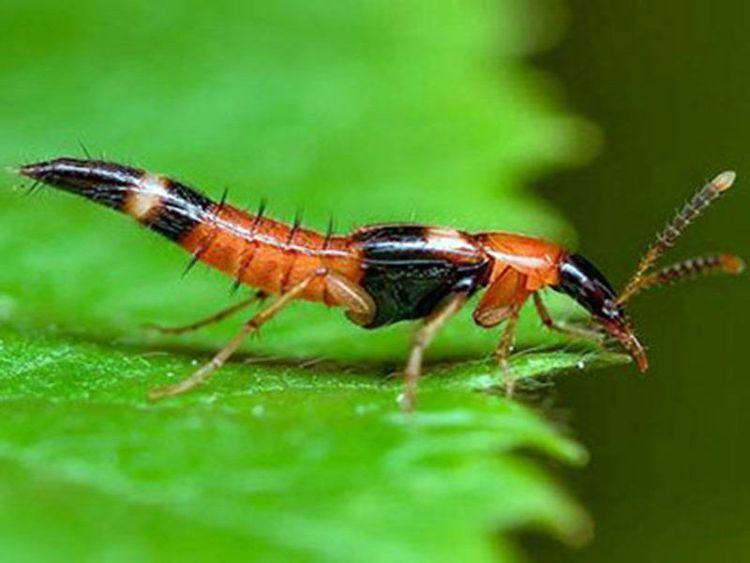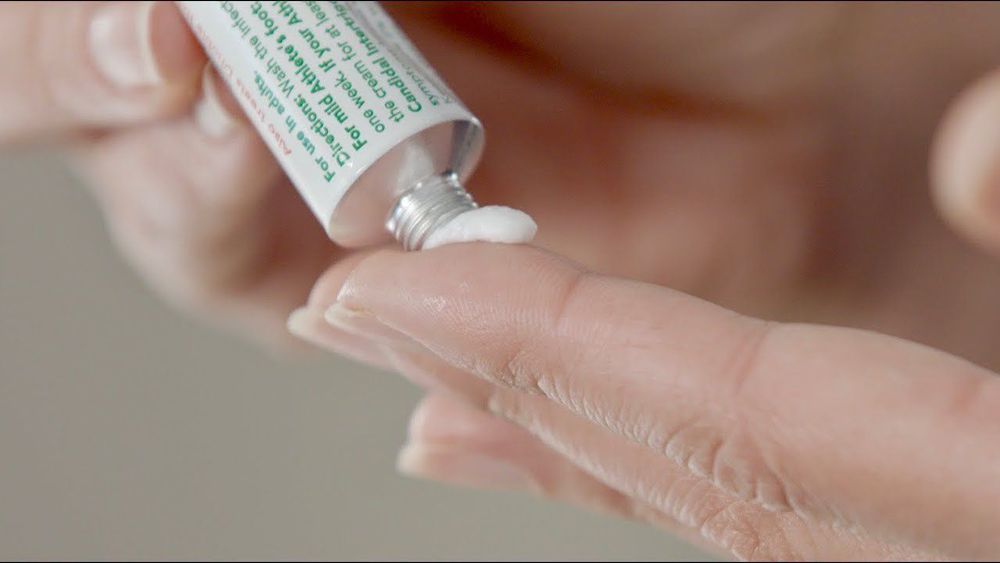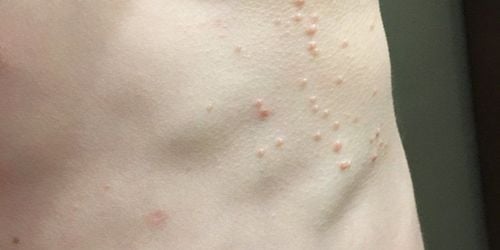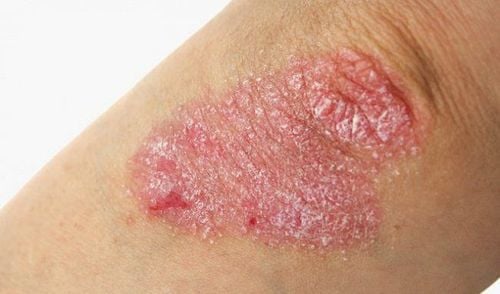This article is professionally consulted by Dr. Tran Van Sang - Dermatologist, Department of Medical Examination & Internal Medicine, Vinmec Da Nang International Hospital.
1. What is contact dermatitis due to insect exposure?
Contact dermatitis due to insect exposure is a condition where the skin becomes irritated and inflamed due to substances secreted by insects. The condition occurs when the skin is exposed to these substances, whether the insects are alive or dead.
2. Causes of contact dermatitis due to insect exposure
The causes of contact dermatitis due to insect exposure are mainly due to species such as: rove beetles, carpenter ants, rice ants, stag beetles, biting ants, and stinging ants.
After heavy rains that flood fields, ponds, and lakes, many insects will appear. These insects may fly towards lights and enter homes. The pollen or secretions from these insects may fall onto the neck, face, or body, or we may unintentionally touch the insects. The presence of pederin in these insects can lead to contact dermatitis.
It can also occur when insects fall into bathtubs, basins, or cling to towels and clothes. If one does not pay attention and comes into contact with the insect, it can cause blistering dermatitis. In certain instances, the act of killing insects, like the rove beetle, can result in their bodily fluids coming into contact with the skin, leading to the onset of the condition.

3. Symptoms of contact dermatitis due to insect exposure
After the skin comes into contact with an insect, a person may experience itching, burning, and a sensation of heat at the site. Within 6-12 hours, red, slightly raised patches may appear in streaks, ranging in size from 1-5 cm, with a width of approximately 3-4 mm.
Within 1-3 days, blisters may form, the skin turns red with a speckled appearance, and small blisters and pustules may develop. Along with this, the pain and burning sensations may increase, potentially causing mild fever, fatigue, and general discomfort.
After 3-5 days, the lesions may dry without forming blisters or pustules. In more severe cases, extensive damage may occur, with blisters and pustules spreading to surrounding areas and potentially leading to ulceration.
Lesions can spread through direct contact, especially if the lesions are in skin folds such as the groin, elbows, knees, armpits, or neck. This may cause symmetric lesions along the folds, leading to increased itching and discomfort.
4. Treatment of contact dermatitis due to insect exposure
The treatment for contact dermatitis due to insect exposure is quite simple, and the speed of recovery depends on how quickly the condition is detected and treated.
In most cases, contact dermatitis due to insect exposure can be effectively managed with topical treatments that soothe the skin, reduce blister formation, and promote healing. Currently, there are various topical medications available in the market that provide anti-inflammatory effects and skin relief. If secondary infections occur, the patient may require systemic antibiotics and this could lead to scarring.
Topical products that can be used to soothe and disinfect the skin in cases of contact dermatitis due to insect exposure include Fucidin cream and Jarish solution.
If the affected area of the skin is large, widespread, or causes significant itching and pain, it's necessary to visit a reputable healthcare facility with dermatology expertise for guidance and treatment.

5. How to prevent contact dermatitis due to insect exposure
To prevent contact dermatitis due to insect exposure, it is essential to take proactive steps to limit exposure to insects, such as:
- Clean the house regularly and avoid dampness.
- Clear overgrown shrubs, trees, standing water, and drains, as these are places where insects breed and take shelter.
- When sleeping at night, use a mosquito net and close windows to prevent light-attracted insects, like moths, from entering.
- Hang your clothes in dry, sunny spots. Collect them early to prevent insects from hiding in them. Shake out the clothes to minimize dust accumulation.
- If you notice insects on your skin, avoid using your hands to catch them. Doing so could rub the insect's fluids onto your skin, resulting in more contact with those secretions.
- Before going to bed, shake out bedding, blankets, and sheets to remove any insect dust or particles.
- Avoid standing under lights in public places.
- If you see rove beetles near a light source, stay away from them, or use an object to kill them without letting your skin come into direct contact. If you are stung or accidentally crush one on your skin, quickly wash the affected area with clean water and soap. Then, visit a dermatologist for further care.
Skin allergies or contact dermatitis due to insect exposure can usually be treated with topical creams. However, it is important not to overlook this condition, as neglecting to properly clean the affected area or delaying treatment can lead to more severe inflammation, spreading of the lesions, and a longer healing process.
To arrange an appointment, please call HOTLINE or make your reservation directly HERE. You may also download the MyVinmec app to schedule appointments faster and manage your reservations more conveniently.





